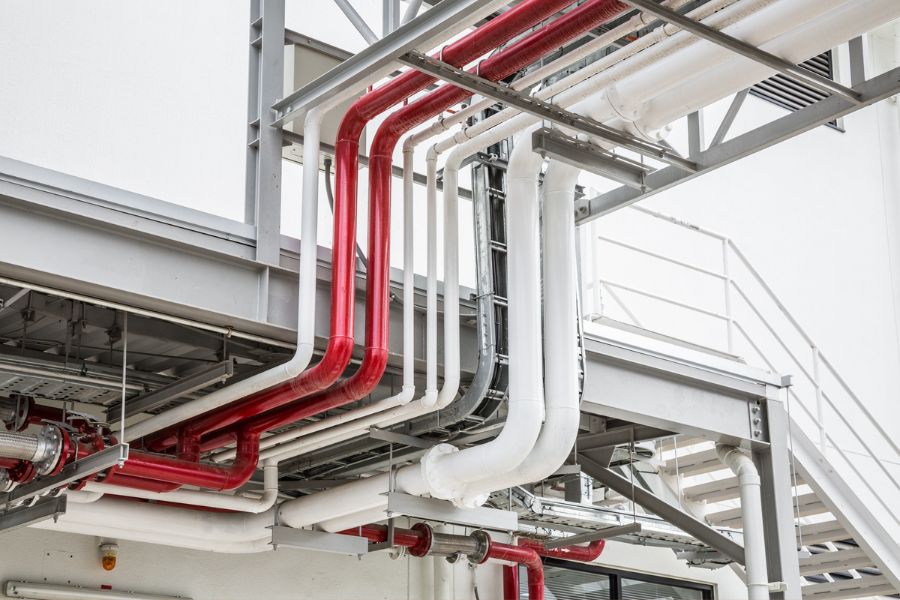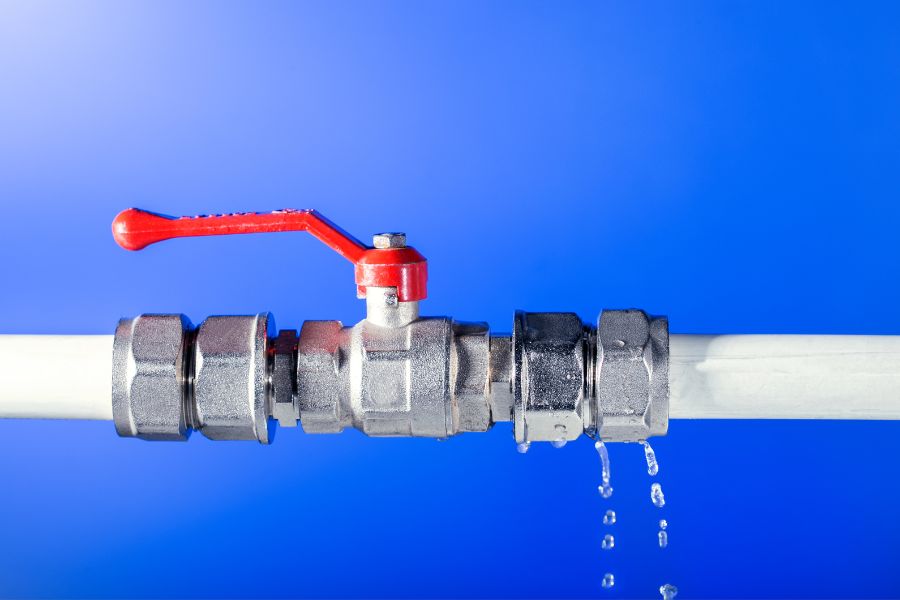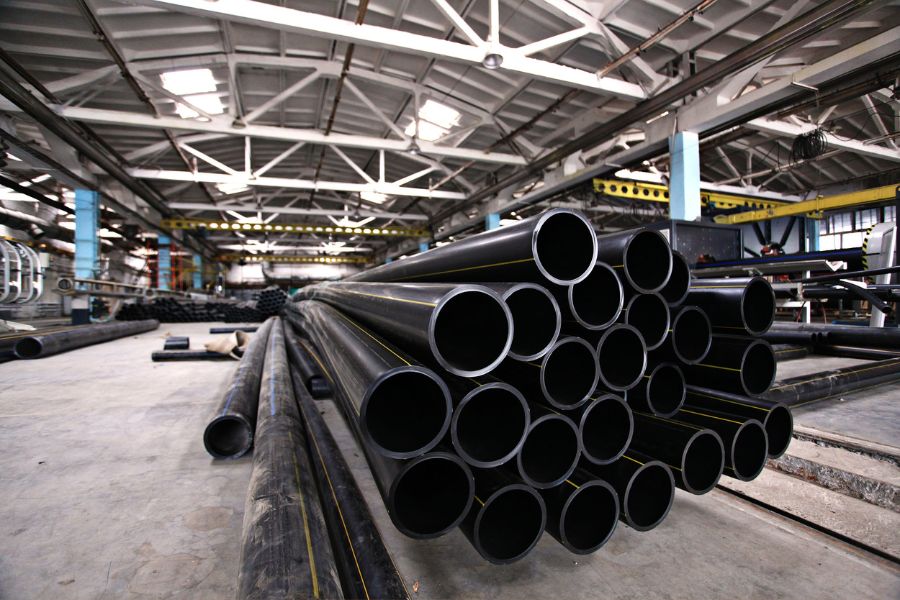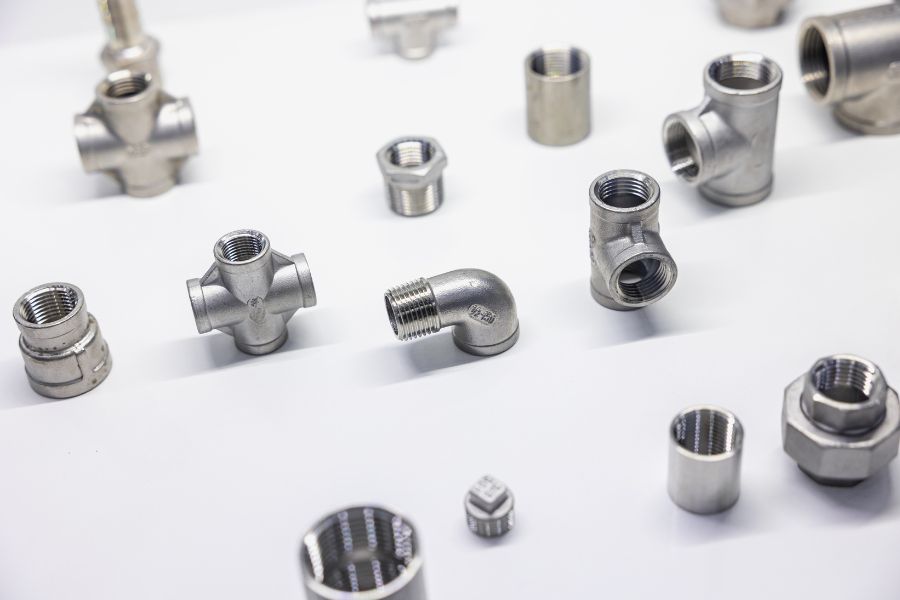Your Guide to Finding the Best Plumbers in Woodbridge VA
Toilets, despite their mundane presence in our day-to-day lives, can sometimes cause significant discomfort when they malfunction. However, understanding how to troubleshoot common toilet problems can save time and money. Here are some issues you might encounter and how to fix them.
Woodbridge VA Plumber for Your Clogged Toilet Issues
- Solution: A plunger is typically sufficient to dislodge the obstruction, although a toilet snake can help with more stubborn clogs.
Exploring Plumbing Services in Woodbridge VA
If the toilet doesn’t flush properly, the problem could lie in several areas:
- Low water level in the tank
- Damaged flapper
- Issues with the lift chain
Solutions:
- Adjust the float to raise water level.
- Replace a worn-out flapper.
- Adjust or replace the lift chain if it’s too long or too short.
Top Plumbing Companies in Woodbridge VA for Tackling Phantom Flushes
- Solution
Plumbing Services in Woodbridge VA: No More Water Trickling Into the Tank
- Solution: Replace your fill valve or float apparatus.
By recognizing these common problems and understanding their solutions, you’ll become more independent in maintaining your home’s plumbing system. However, don’t hesitate to contact a professional plumber if you’re unsure about any step in this process or if these measures don’t solve your problem.
Remember, sometimes the best DIY strategy is knowing when to dial a professional. But, with some basic understanding of these common toilet problems, you can solve minor issues and prevent them from turning into major, expensive repairs.
A toilet tank is a crucial component in the overall plumbing system in your household. It functions as a reservoir that holds water until it’s needed for flushing. This guide aims to provide an in-depth knowledge of the functionality of a toilet tank.
Primary Components of a Toilet Tank
- Fill Valve/Ballcock:This valve controls the flow of water into the tank after each flush. When the water level drops, it opens to refill the tank.
- Flush Valve:This is located at the bottom of the tank and releases water into the bowl when triggered by the trip lever.
- Overflow Tube:This tube prevents overflows by directing excess water into the toilet bowl if the fill valve fails to shut off.
- Flapper:This rubber seal covers and uncovers the flush valve opening, controlling water passage from the tank to bowl during flushing.
- Lever/Handle:When pressed, this activates a chain that lifts off flapper from flush valve, leading to flushing action.
How Does a Toilet Tank Work?
The functionality of a toilet tank revolves around these components working together seamlessly.
- Once you press down on the toilet handle, it lifts up on attached lift chain.
- The lift chain then pulls up on flapper, lifting it off from flush valve and opening up passage for water to flow into bowl.
- As water drains from your tank through this open passage, siphon action occurs within toilet bowl which draws waste out through main drain.
- After flushing action concludes and flapper closes off flush valve again, fill valve or ballcock is automatically activated due to falling water levels.
- Ballcock replenishes lost volume of water in your tank via supply line connection till pre-set level is reached, after which it automatically shuts off.
Common Toilet Tank Problems
Understanding the functionality of a toilet tank also empowers homeowners to diagnose and potentially fix common hiccups.
- Constantly Running Toilet:This often results from a faulty flapper that’s not fully sealing flush valve, allowing water to continuously leak from tank into bowl.
- Failure to Flush:This can be due to a broken handle or a disconnected lift chain that fails to lift the flapper.
- Overflows:When ballcock doesn’t shut off supply once pre-set water level is reached, excess water spills into and down overflow tube causing constant refilling noises and potential overflows.
In-depth knowledge of your toilet tank functionality helps you keep this vital component of your plumbing in optimum condition. It equips you with necessary understanding on what exactly happens when you press that flush lever, and most importantly, it allows better handling of common toilet problems independently.

xr:d:DAF_bqaVBnE:529,j:4335139146159331369,t:24041105
Replacing the ballcock or fill valve in your toilet system is a common plumbing task that you can handle yourself with a little knowledge and the right tools. Here are step-by-step instructions to guide you through the process.
Step 1: Gather Your Tools
Before you begin, ensure you have all the necessary tools.
- Adjustable wrench
- Screwdriver
- Replacement ballcock
- Teflon tape
Step 2: Turn Off the Water Supply
The water supply valve should be located near the base of your toilet. Turn it clockwise to shut off the water.
Step 3: Drain The Toilet Tank
Flush the toilet to drain water from the tank. Then, remove any remaining water with a sponge or towel.
Step 4: Remove The Old Ballcock
Use an adjustable wrench to disconnect the water supply line from the bottom of your toilet tank. Unscrew and remove old ballcock from toilet tank.
Step 5: Install The New Ballcock
Insert new ballcock into hole at bottom of toilet tank. Attach it firmly but do not overtighten as it could crack the porcelain tank. Connect new ballcock to water supply line.
Step 6: Fine-Tune The New Ballcock
Adjust new ballcock according to manufacturer’s instructions so that it shuts off when water level is about one inch below overflow tube. This fine-tuning ensures optimal performance of your toilet system.
Step 7: Turn On Water Supply And Check For Leaks
Turn on water supply and let the tank fill with water while checking for leaks around base of new ballcock. If there are no leaks, then you have successfully replaced your old, malfunctioning ballcock with a new one.
Remember, while replacing a faulty ballcock is a good DIY plumbing project for any homeowner, it is important to take your time and follow these steps carefully to avoid causing further damage to your toilet system. If you encounter problems that you are unable to resolve on your own, it is advisable to consult with a professional plumber.
A toilet’s flush valve is a crucial component that regulates the water flow from the tank to the bowl every time you flush. Over time, this essential component may develop issues due to wear and tear, which could affect your toilet’s functionality. The good news is that you can handle most of these problems yourself with some basic plumbing knowledge and a few tools. In this section, we will take you through various techniques for repairing the flush valve.
Finding the Best Plumbing Contractors in Woodbridge VA
The first step in addressing any repair is to identify the problem accurately.
- Toilet running constantly
- Incomplete flushing
- Toilet leaking water into the bowl
If you notice any of these symptoms, there’s a high chance your flush valve needs repairing.
Expert Woodbridge VA Plumbing Solutions: Your Ultimate Guide
Before starting your repairs, make sure you have all the necessary tools at hand:
- Adjustable wrench
- Screwdriver
- Replacement parts (if needed)
- Plunger
Steps to Repair a Flush Valve
- Turn Off Water Supply:The first step in any plumbing job is to turn off the water supply to avoid flooding. You can do this by turning off the shutoff valve located on the wall behind your toilet.
- Empty Tank:Next, flush your toilet several times to drain all the water from it completely.
- Remove Flapper:The flapper is located inside your tank, connected by a chain to your toilet handle. Unhook or unscrew it carefully from its pivot arms.
- Inspect Flapper:Check for any signs of damage or wear on your flapper such as holes or mineral build-up as these can cause issues with sealing properly.
- Replace Flapper if Damaged:If your flapper appears damaged or worn out, replace it with a new one. Make sure to pick the correct size and type for your toilet model.
- Cleanse Valve Seat:Use a soft brush or cloth to clean the valve seat (where the flapper rests), removing any mineral deposits that may impede proper sealing.
- Check Chain Length:The chain connecting the handle lever and flapper should have just enough slack to allow the flapper to seal correctly. Adjust if necessary.
- Turn On Water Supply:Once you’ve made all necessary adjustments, turn your water supply back on and let your tank fill up.
- Test Flushing Function:Finally, test your toilet’s flushing functionality several times to ensure that the repairs have solved the issue.
Fixing a malfunctioning flush valve could save on water bills and also prevent more complicated problems in future. However, if after trying these steps you still experience issues, it’s best to call in a professional plumber as your toilet system could be facing more complex issues beyond a faulty flush valve.

xr:d:DAF_bqaVBnE:529,j:4335139146159331369,t:24041105
Finding the Best Plumber in Woodbridge VA for Your Plumbing Needs
A continuously running toilet is not just annoying, it also wastes water and increases your utility bill. Fortunately, you don’t always need a professional plumber to solve this problem. By understanding the mechanics of your toilet and applying some simple strategies, you can fix a continuously running toilet efficiently.
Understanding Why Toilets Run Continuously
Before you can fix the issue, it’s important to understand why toilets run continuously.
- Faulty Flapper:The flapper creates a seal within the tank. When it’s faulty or worn out, water leaks into the toilet bowl causing the toilet to run.
- Improper Float Height:If the float is set too high, water rises above the overflow pipe and drains into the bowl, causing continuous running.
- Problematic Fill Valve:A damaged fill valve cannot properly control the flow of water into the tank, which can result in constant refilling and hence a continuously running toilet.
Steps to Fix a Continuously Running Toilet
Once you’ve identified why your toilet keeps running, follow these steps to solve your problem:
- Turn off Water Supply:The first step in any plumbing project should be shutting off the water supply to avoid flooding.
- Check The Flapper:Remove the top of your toilet tank and inspect your flapper for signs of wear or damage. If it’s not sealing properly, replace it.
- Adjust The Float:If water continues to run after checking the flapper, try adjusting the float height. Lowering it below the overflow pipe should stop water from constantly flowing.
- Replace The Fill Valve:If none of these steps work, consider replacing your fill valve. This will require more extensive DIY skills but can save you from having to call in a professional plumber.
Tools You’ll Need
Having the right tools can make the process smoother.
- Adjustable wrench
- Replacement parts (flapper, float, fill valve)
- Towel
- Bucket
Final Reminder
Remember, while fixing a continuously running toilet yourself can be cost-effective and satisfying, don’t hesitate to call a professional when necessary. If these strategies don’t solve your problem, it might be time to call in a pro.
By following these strategies, you should be able to efficiently fix a continuously running toilet and save both water and money in the long run.
- A Comprehensive Guide to Choosing Plumbers in Woodbridge VA
- Expert Plumbers in Woodbridge VA Resolve Predominant Toilet Issues
- Your Guide to Finding the Best Plumbers in Woodbridge VA
- Effective Solutions for Common Toilet Problems by a Plumber in Woodbridge VA
- Reliable Plumbers in Woodbridge VA for Essential Sump Pump Replacement

